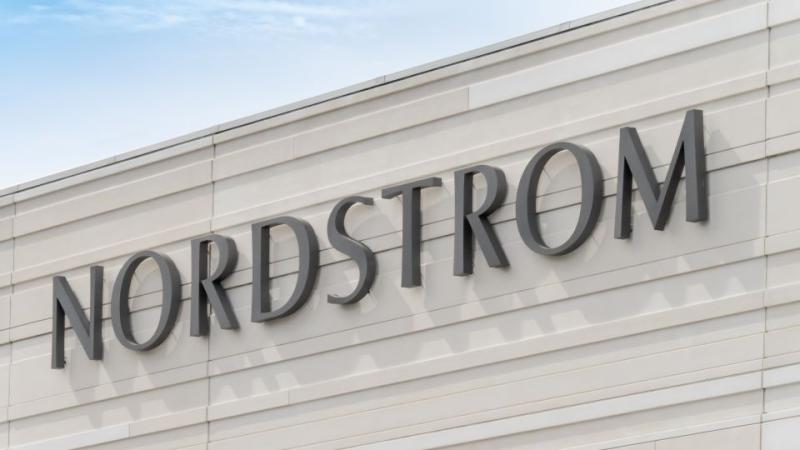Nordstrom to Ramp up RFID in Supply Chain Optimization Plans
Nordstrom announced plans to build on their supply chain optimization initiatives, including boosting radio-frequency identification (RFID) initiatives while continuing to enhance inventory productivity and returns processing.
The supply chain optimization focus ties into the company's three key priorities, including improved performance within Nordstrom Rack and increasing inventory productivity, which the company feels will improve profitability while positioning them better for the second half.
This emphasis on supply chain optimization has allowed the retailer to enhance the customer experience, including faster delivery at a lower cost, which was crucial during Nordstrom’s yearly Anniversary sale.
“For the fourth consecutive quarter, variable supply chain costs fell by over 100 basis points as a rate of sales versus the prior year, helping to mitigate overall SG&A deleverage on lower sales,” said CEO Erik Nordstrom on a recent earnings call.
Due to the continued productivity enhancements within their supply chain, the retailer felt they were “better prepared” to start the Anniversary sale this year.
“Total Anniversary event sales were 5% lower compared to last year, in line with overall trends given the ongoing softness in customer spending,” said Pete Nordstrom, co-president for Nordstrom. “This includes the eight days that fell in the third quarter this year, whereas one day was included in last year's Q3 results.”
Nordstrom began their supply chain optimization focus in early 2022 and, since then, has improved operational efficiencies while delivering significant customer benefits.
“Compared to the first quarter of 2022, supply chain cost per unit in the second quarter of this year were 5% lower against an inflationary backdrop of about 7% over that time,” commented Erik Nordstrom.
The retailer plans to look for additional efficiencies in flow and improved productivity through inventory management initiatives.
Nordstrom joins a growing list of retailers taking a more cautious tone about the second half of the year, warning of credit losses due to consumer defaults and further consumer impact from inflation. The retailer experienced decreased revenue of $3.66 billion, down 8.3%.
Nordstrom targets a higher-income consumer base than many of its department store competitors, including Macy’s, which reported second-quarter losses.



